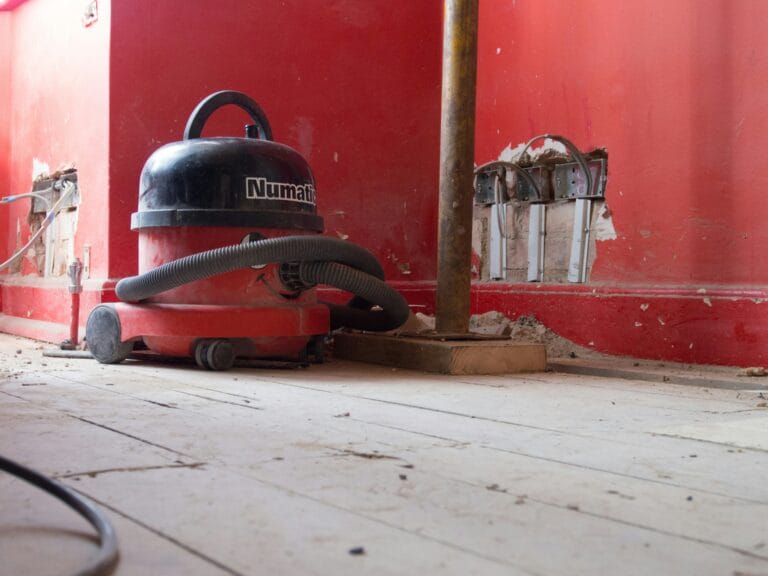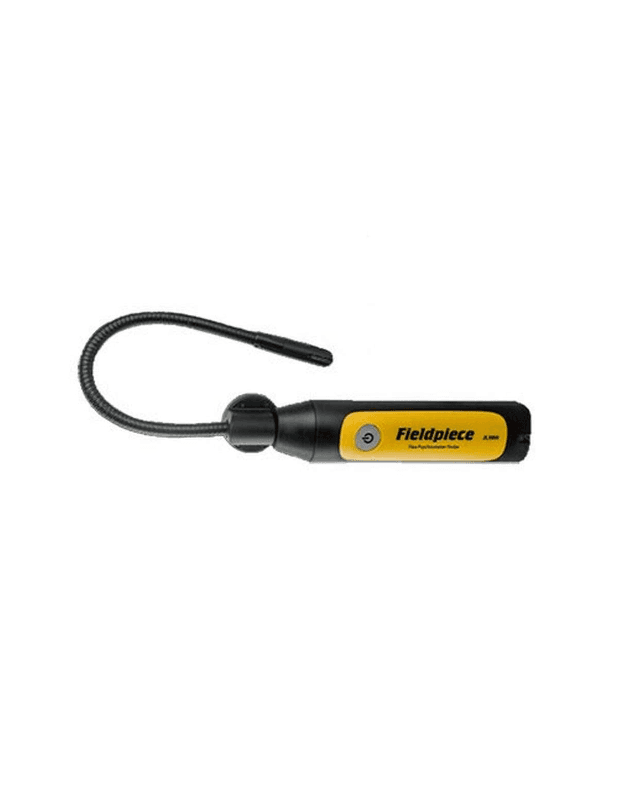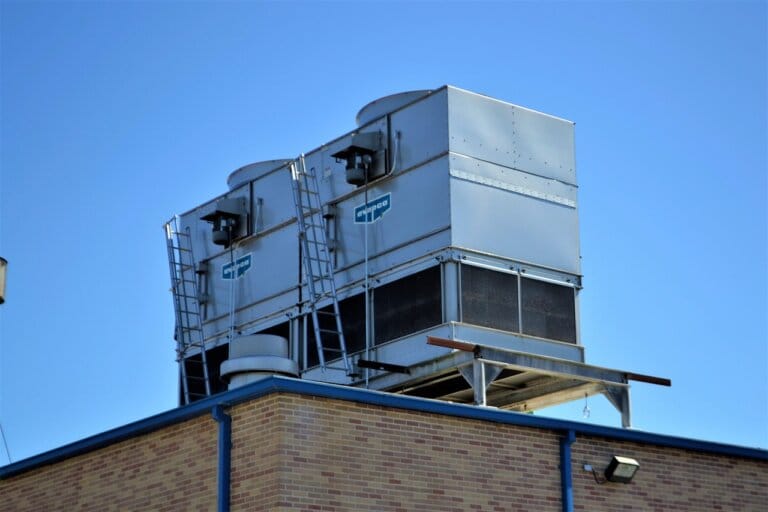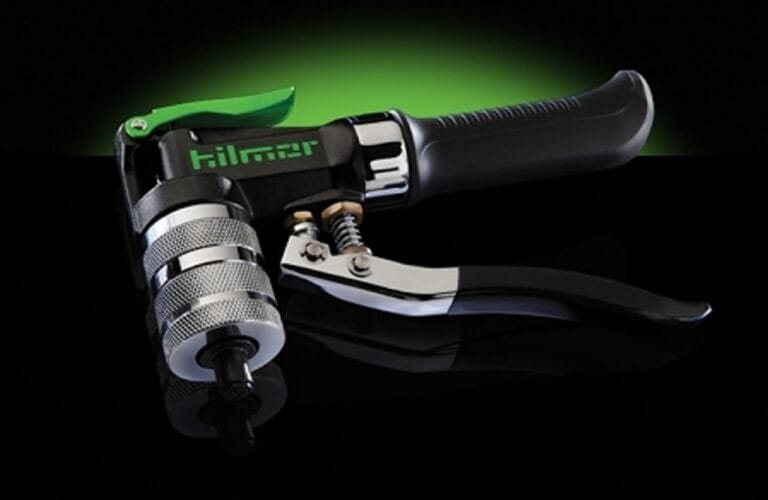Klein CL800 vs Fieldpiece SC680: Budget Workhorse vs Pro Powerhouse
Klein CL800 vs Fieldpiece SC680 (2025): We put these two clamp meters head-to-head to help you decide which one belongs in your bag. The Klein Tools CL800 is a dependable, budget-friendly workhorse, while the Fieldpiece SC680 brings pro-level features, wireless tech, and diagnostic power. Let’s see which one delivers the most value for your workflow.
Looking to skip the details? See the Klein CL800 on Amazon for current pricing and reviews.
Want the advanced option? Check out the Fieldpiece SC680 on Amazon.
Budget Reliability or Pro Firepower?
The Klein CL800 has earned its place as a go-to clamp meter for techs who want reliability without breaking the bank. With true RMS, thermocouple input, LoZ mode, and a tough design, it’s no slouch. Meanwhile, the Fieldpiece SC680 is built for power users — offering wireless Job Link support, inrush current capture, dual display, and more. If you’re pushing into commercial diagnostics or system tuning, it’s built to keep up.
Which Meter Matches Your Workflow?
Residential Simplicity: Why the CL800 Might Be Enough
If your day-to-day work involves residential service calls and general troubleshooting, the CL800 is a smart, rugged choice. It’s straightforward, glove-friendly, and backed by Klein’s long-standing reputation.
Commercial Demands: Where the SC680 Shines
For lead techs, commercial jobs, or anyone who wants wireless syncing, phase rotation, or deep diagnostics, the SC680 can save you time and frustration. It’s ideal for professionals ready to invest in high-end performance and future-proof their loadout.
Klein CL800 vs Fieldpiece SC680: Feature Comparison
| Feature | Klein CL800 | Fieldpiece SC680 |
|---|---|---|
| True RMS | Yes | Yes |
| Thermocouple Input | Yes | Yes |
| Wireless/App Support | No | Yes (Job Link compatible) |
| Inrush Current | No | Yes |
| Display Style | Single backlit screen | Dual display with bar graph |
| Price Range | ~$90–$100 | ~$250–$300 |
Build Quality and User Experience
The Klein CL800 keeps things simple, rugged, and dependable. It’s drop-tested, glove-ready, and built for jobsite abuse. The display isn’t fancy — but it gets the job done. The SC680, on the other hand, feels premium with a crisp dual screen, intuitive dial, fast readouts, and seamless Job Link integration. It’s designed for techs who expect more from their tools.
Pros and Cons of Each Clamp Meter
Klein CL800 Pros:
- Affordable pro-level performance
- Includes True RMS, LoZ mode, and thermocouple input
- Durable, glove-friendly design
Klein CL800 Cons:
- No wireless or app support
- Basic display with limited feedback
Fieldpiece SC680 Pros:
- Advanced features including inrush, phase rotation, and dual display
- Job Link app compatibility for wireless data logging
- Premium build with faster, smarter diagnostics
Fieldpiece SC680 Cons:
- Higher cost may not suit every budget
- Bulkier form factor
Which Meter Should You Buy?
Choose the CL800 if: You need reliable core features without extras. It’s perfect for everyday techs who want solid tools without draining the tool budget.
Choose the SC680 if: You’re ready to level up with advanced features, wireless syncing, and serious diagnostic horsepower. It’s a smart investment for commercial pros or anyone training the next generation of techs.
Common Questions About These Clamp Meters
Is the Fieldpiece SC680 worth the higher price?
If you frequently handle commercial work, need wireless logging, or want advanced diagnostics, the SC680 can pay off quickly in time saved and job accuracy. For residential-only work, the price premium may not be necessary.
Can the Klein CL800 handle professional HVAC tasks?
Yes. The CL800 offers true RMS, thermocouple input, and LoZ mode — all essential features for HVAC troubleshooting and installs. It’s a reliable daily driver, especially for techs who don’t need wireless features.
Do both meters support dual temperature readings?
No. The Fieldpiece SC680 supports dual temperature inputs; the CL800 does not. This can be useful for superheat/subcool calculations and detailed diagnostics.
Related Reviews and Gear Guides
Want a closer look at each meter or see how they stack up against other tools in the field? Start here:





